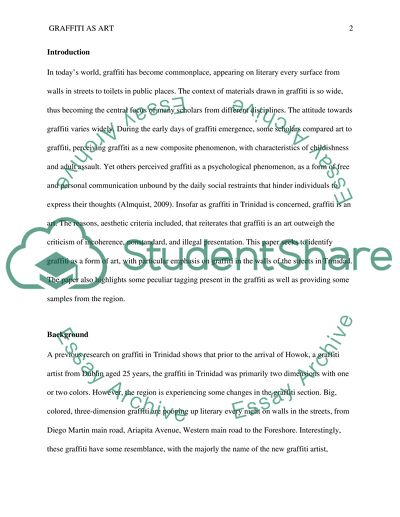Cite this document
(“Graffiti as Art Research Paper Example | Topics and Well Written Essays - 1750 words”, n.d.)
Retrieved from https://studentshare.org/anthropology/1446254-choose-a-topic-from-below
Retrieved from https://studentshare.org/anthropology/1446254-choose-a-topic-from-below
(Graffiti As Art Research Paper Example | Topics and Well Written Essays - 1750 Words)
https://studentshare.org/anthropology/1446254-choose-a-topic-from-below.
https://studentshare.org/anthropology/1446254-choose-a-topic-from-below.
“Graffiti As Art Research Paper Example | Topics and Well Written Essays - 1750 Words”, n.d. https://studentshare.org/anthropology/1446254-choose-a-topic-from-below.


